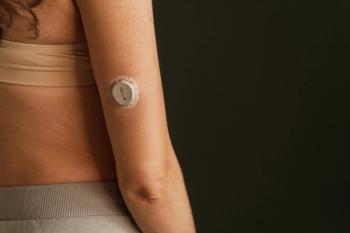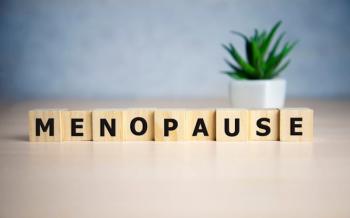
Americans Continue to Contract Zika Virus
The White House is asking Congress for more than $1.8 billion in emergency funding to combat the Zika virus, which is creeping into the United States and ravaging some foreign countries.
The White House is asking Congress for more than $1.8 billion in emergency funding to combat the
The announcement made on February 8, 2016, indicated that the Obama Administration is taking “every appropriate measure to protect the American people” and would use the funding to prepare for and respond to the virus in the United States and abroad.
The White House warned that spring and summer’s warm weather could bring larger and more active mosquito populations to the continental United States—particularly in the South.
If approved by Congress, the $1.8 billion would go toward expanding mosquito control programs, building momentum for vaccine research and diagnostic development, enabling the testing for vaccines and diagnostics, educating the public and health care providers, improving services for low-income pregnant women, and helping other countries better control mosquitos.
“There is much that we do not yet know about Zika and its relationship to the poor health outcomes that are being reported in Zika-affected areas,” the White House press release stated. “We must work aggressively to investigate these outbreaks, and mitigate, to the best extent possible, the spread of the virus.”
The US Centers for Disease Control and Prevention (CDC) would receive $828 million, the US Centers for Medicare and Medicaid Services would receive $250 million, Vaccine Research and Diagnostic Development and Procurement would receive $200 million, and other US Department of Health and Human Services activities would be given $210 million.
Funding would also go toward supporting Puerto Rico’s community health centers, expanding home visiting services for low-income women at risk of the Zika virus, and providing targeted maternal and child health. In addition, the US Agency for International Development would receive $335 million, and finally, the US Department of State would receive $41 million to tackle the virus.
Denise J. Jamieson, MD, medical officer in the CDC’s Division of Reproductive Health, previously told Pharmacy Times that pharmacists can help manage the Zika virus by helping patients recognize symptoms after traveling. They can also recommend patients seek medical care, especially by their obstetric providers if they are pregnant. (The virus has been associated with birth defects such as microcephaly, as well as Guillain-Barre syndrome.)
“Many travelers visit their pharmacy before trips abroad to fill prescriptions, get immunized, or buy other OTC medications,” Dr. Jamieson told Pharmacy Times. “That visit to the pharmacy could provide a great opportunity for patient education about Zika virus transmission and other infectious disease risks.”
As of February 3, 2016, the CDC called the Zika virus “nationally notifiable” with 35 travel-associated disease cases reported.
Areas that have seen laboratory-confirmed Zika virus cases between January 1, 2015, and February 3, 2016, are as follows:
· Arkansas (1 case)
· California (2 cases)
· District of Columbia (3 cases)
· Florida (9 cases)
· Georgia (1 case)
· Hawaii (3 cases)
· Illinois (3 cases)
· Massachusetts (2 cases)
· Minnesota (1 case)
· New Jersey (1 case)
· Texas (8 cases)
· Virginia (1 case)
There have been no reports of locally acquired disease cases in the United States, but there have been 9 locally acquired cases in US territories (8 in Puerto Rico and 1 in the US Virgin Islands).
These laboratory-confirmed disease cases are no doubt a small portion of the individuals affected by the virus. According to the CDC, 80% of cases will go undiagnosed.
“With the recent outbreaks, the number of Zika cases among travelers visiting or returning to the United States will likely increase,” the CDC stated on its website.
The World Health Organization called the Zika virus a “public health emergency of international concern” on February 1, 2016. A few days later, the CDC ramped up its emergency operations center to Level 1, which is the highest level.
Newsletter
Stay informed on drug updates, treatment guidelines, and pharmacy practice trends—subscribe to Pharmacy Times for weekly clinical insights.

















































































































































































































